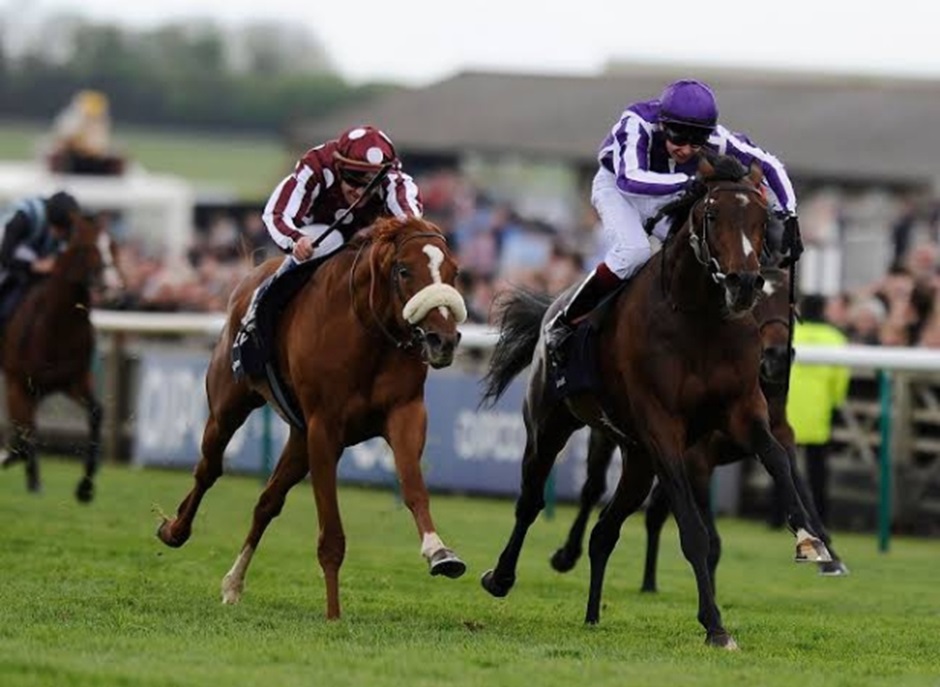The thunder of hooves pounding turf, the wind whipping through jockeys’ silks, the roar of the crowd as a champion emerges – horse racing evokes images of excitement, tradition, and adrenaline.
But does this thrilling sport adhere to a defined season, or is it an ever-present spectacle? The answer, much like the unpredictable nature of the races themselves, is nuanced and multifaceted.
On a Global Scale
Horse racing doesn’t follow a universal calendar. Different regions boast unique schedules driven by climate, cultural preferences, and track availability.
Europe
Flat racing: Typically runs from March/April to October/November on turf tracks, while all-weather tracks facilitate year-round competition. The prestigious Royal Ascot meeting in June marks the season’s peak in the UK.
National Hunt
Primarily occurs from October/November to April/May, with iconic races like the Cheltenham Festival in March drawing global attention.
North America
The Triple Crown series (Kentucky Derby, Preakness Stakes, Belmont Stakes) anchors the season, running from April to June. Regional circuits and major stakes races extend the competition throughout the year.
Asia
1. Hong Kong
Hong Kong boasts a vibrant year-round season, with the Hong Kong International Races in December being a major highlight.
2. Japan
Japan’s racing follows a distinct two-season format, with spring (March-May) and autumn (September-November) schedules.
3. Dubai
Dubai stages its prestigious World Cup meeting in March, attracting international stars.
While defined seasons exist, several factors add complexity:
Discipline
Flat racing and jump racing often have distinct seasons due to differing track conditions and horse training demands.
Breed
Thoroughbreds are the mainstay, but Arabian and Standardbred breeds hold specialised seasons and events.
Weather
Extreme temperatures can force schedule adjustments, particularly in regions with harsh winters or summers.
Horse racing is adapting to changing demographics and economic realities. The rise of all-weather tracks, international investment, and online betting platforms all contribute to a more globalised and potentially year-round industry.
However, concerns about animal welfare and the sustainability of traditional models remain crucial considerations.
The concept of a “season” extends beyond race schedules. Breeding seasons, when mares and stallions are paired, typically occur in specific periods to optimise foal production.
















